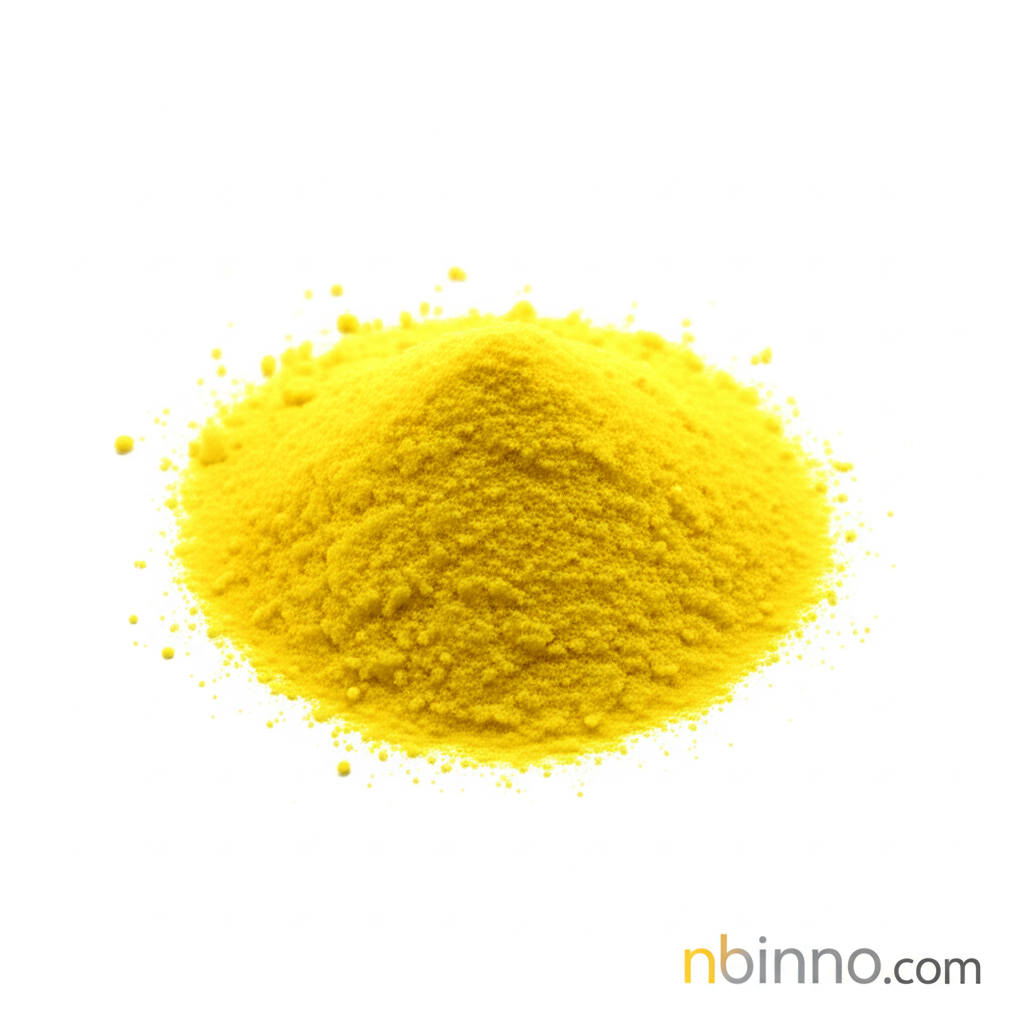2-Nitrobenzenethiol: The Future of Photoinitiator Technology
Discover the advanced capabilities of 2-Nitrobenzenethiol, a leading photoinitiator for innovative UV-curing applications and novel material synthesis. Explore its photoinitiator-free and radical-free advantages for superior biocompatibility and performance.
Get a Quote & SampleProduct Core Value

2-Nitrobenzenethiol
As a premier chemical intermediate and photoinitiator, 2-Nitrobenzenethiol offers groundbreaking solutions for advanced material science. Our commitment as a reliable supplier in China ensures high-purity products that drive innovation in UV-curing and polymer synthesis. Explore its unique properties for creating next-generation hydrogels and bio-adhesives.
- Utilize 2-nitrobenzenethiol photoinitiator for advanced UV-curing applications, enabling precise material fabrication with exceptional control.
- Explore photoinitiator-free hydrogel synthesis, leveraging 2-nitrobenzenethiol for biocompatible and cell-friendly material development.
- Develop dynamic hydrogel networks with superior mechanical properties and stimuli-responsive behavior using this versatile compound.
- Achieve pristine protein crosslinking for advanced biomaterials, enhancing their utility in tissue engineering and regenerative medicine.
Advantages Offered
Radical-Free Crosslinking
Experience enhanced safety and reduced cytotoxicity with our photoinitiator-free hydrogel synthesis capabilities, a key benefit of 2-nitrobenzenethiol.
Biocompatibility
The biocompatible photoinitiators derived from 2-nitrobenzenethiol ensure excellent cell viability, making them ideal for biomedical applications and tissue engineering.
Material Versatility
From synthetic polymers to pristine proteins, this compound facilitates diverse material formulations, supporting innovative research and product development in UV curing technology.
Key Applications
UV Curing
Leverage 2-nitrobenzenethiol as a potent photoinitiator for advanced UV-curing applications, enabling rapid polymerization and precise material fabrication.
Hydrogel Formation
Facilitate photoinitiator-free hydrogel synthesis for creating advanced biomaterials with superior biocompatibility and tunable mechanical properties.
Protein Crosslinking
Develop innovative protein-based materials through efficient crosslinking facilitated by 2-nitrobenzenethiol, opening doors for novel biomaterial design.
Tissue Engineering
Utilize the biocompatible nature of materials derived from this compound in critical tissue engineering and regenerative medicine applications.
